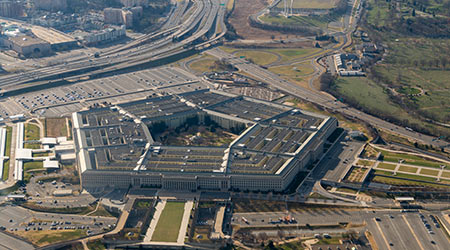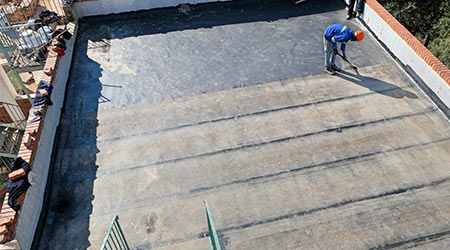
Military Maintenance Funding Improves
April 12, 2018
No institutional or commercial facility is immune from the impact of deferred maintenance. Even organizations that strive to pay attention to the condition of their facilities can find themselves in trouble as time, weather, and use often combine to take a heavy toll on building systems and components.
The nation’s military facilities are no exception, and while the annual military budget amounts to many billions of dollars, managers in these facilities struggle just as much as their peers in other organizations to ensure the safety, reliability and energy efficiency of their facilities.
While, the most recent military budget offers some good news for managers in military facilities seeking to address maintenance issues still have a steep hill to climb to tackle all of their needs.
Read: The real cost of deferred maintenance
The 2018 omnibus appropriations bill Congress passed two weeks ago includes significant additions to what has been one of the most neglected areas of the U.S Department of Defense budget in recent years: the funding that pays for maintenance and repair of the military services’ buildings, airfields and other facilities, according to Federal News Radio.
In some cases, it provides enough money to prevent the existing, multibillion-dollar backlog in deferred maintenance projects from getting any worse. In others, it will only slow the rate at which the backlog is growing.
Among the Army, Navy, Marine Corps and Air Force, the package provided $9.9 billion in facilities sustainment, restoration and modernization funding for 2018 — 58 percent more than the services received in 2017 and modestly higher than the amounts they requested for 2018.
Learn: Turning a deferred maintenance crisis into a strategy
In each case, the increased amounts that Congress appropriated were not only higher than in 2017 but modestly more than the services had asked for in 2018. Each service except the Air Force proposed still-larger numbers in their 2019 budgets.
But even those amounts are far from sufficient to undo several consecutive years of underfunding the department has decided to accept for its facilities, which have a total plant replacement value of more than $1 trillion.
It has done so intentionally, arguing that overall caps on defense funding required it to make difficult tradeoffs in its operation and maintenance budgets, and that facilities represented the area in which it could accept risk with the least amount of short-term damage to military readiness. But the persistent underfunding is a significant contributor to the fact that between one-fifth and one-quarter of the military’s facilities are now rated as in poor or failing condition.
This Quick Read was submitted by Dan Hounsell — dan.hounsell@tradepressmedia.com — editor-in-chief of Facility Maintenance Decisions.
Next
Read next on FacilitiesNet












